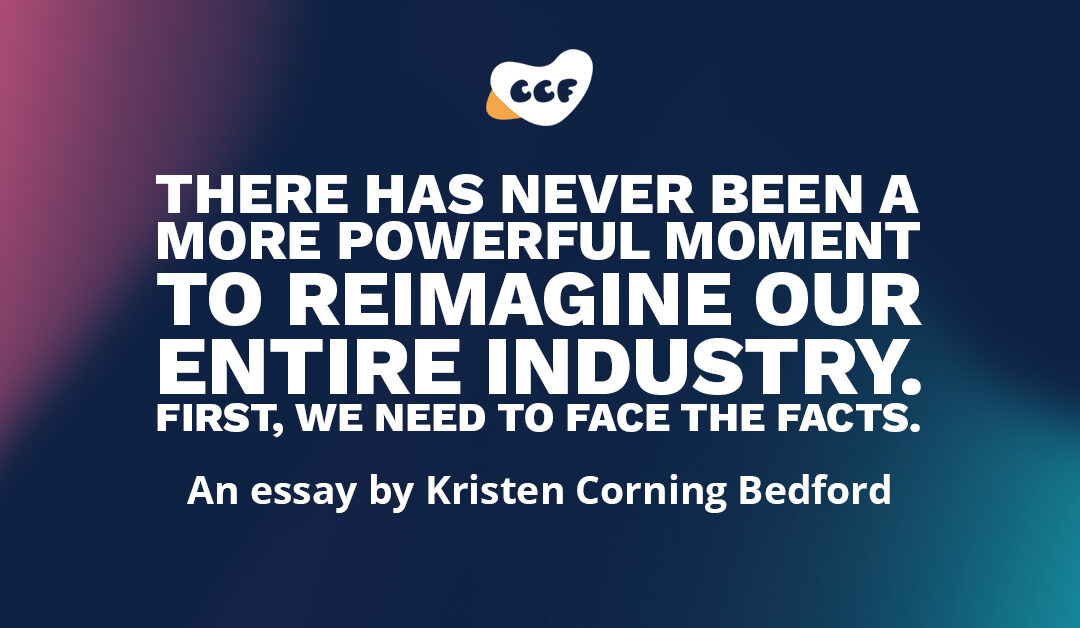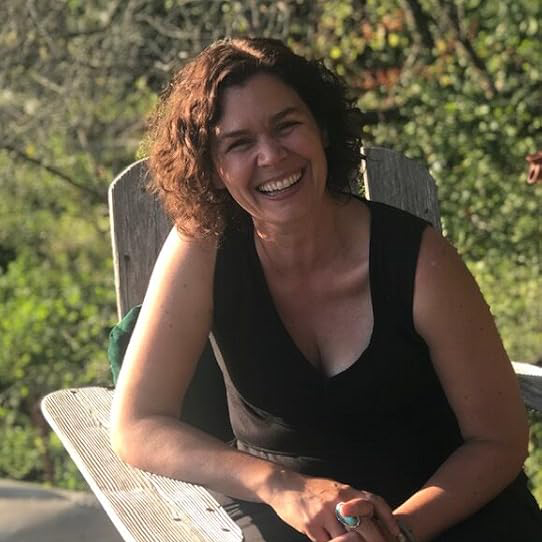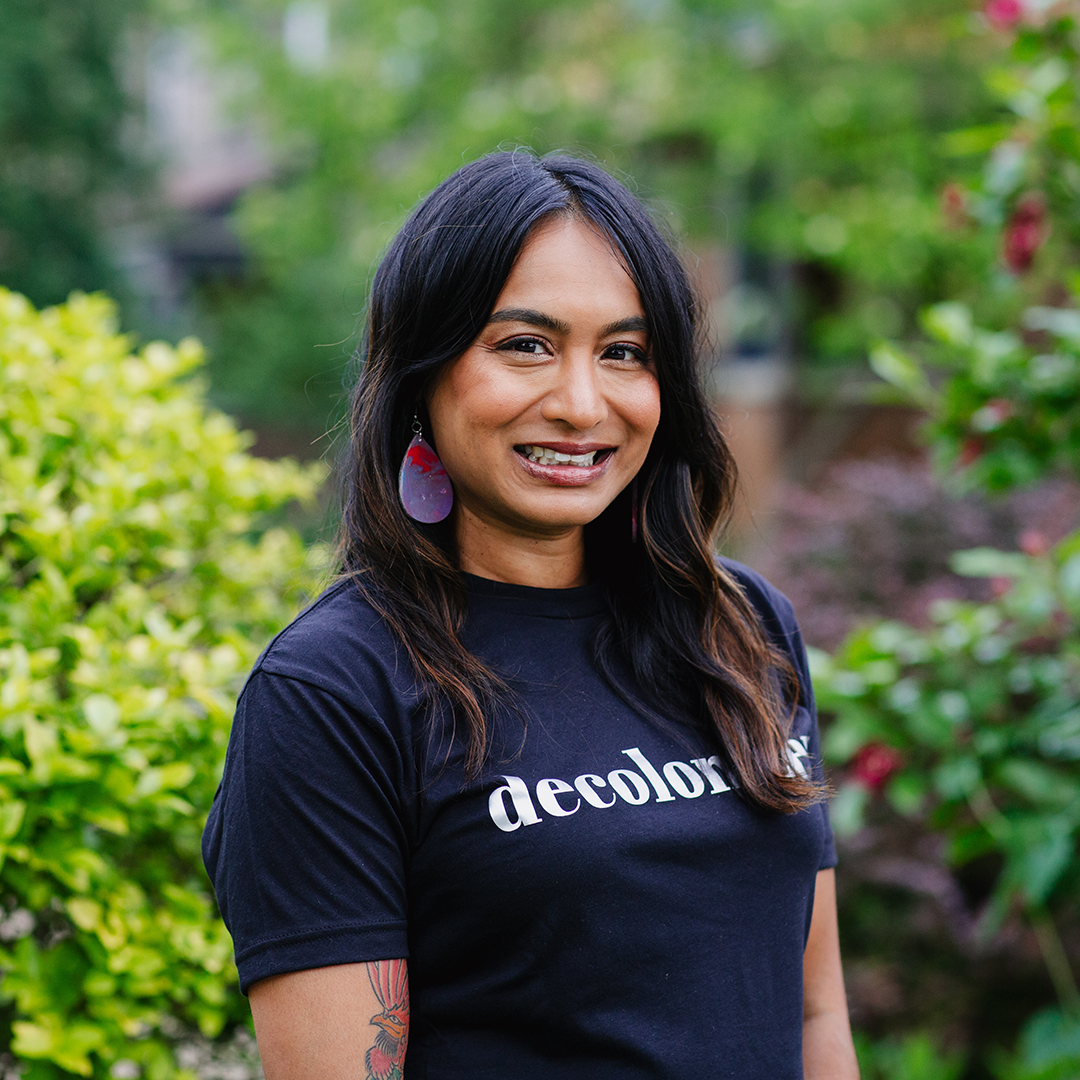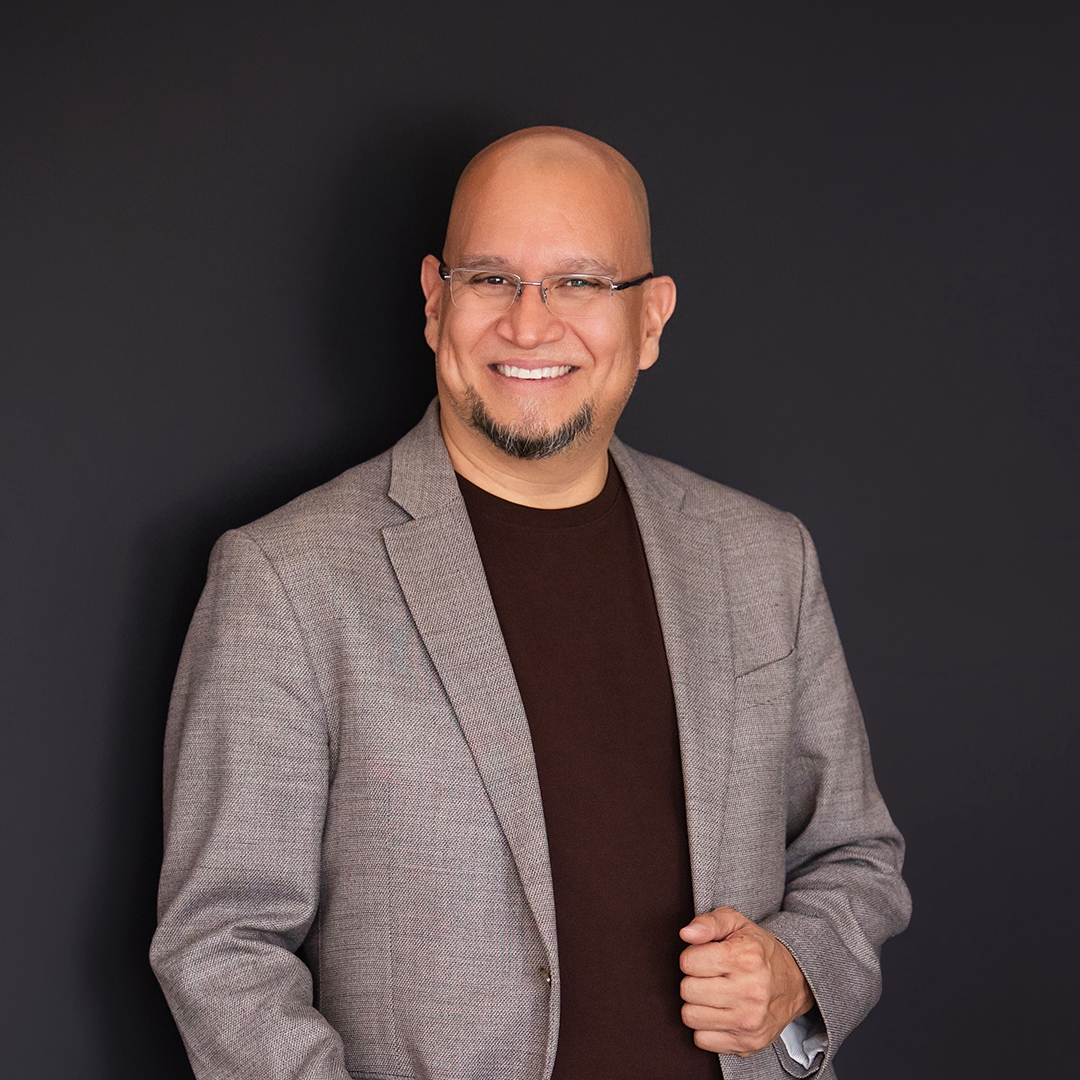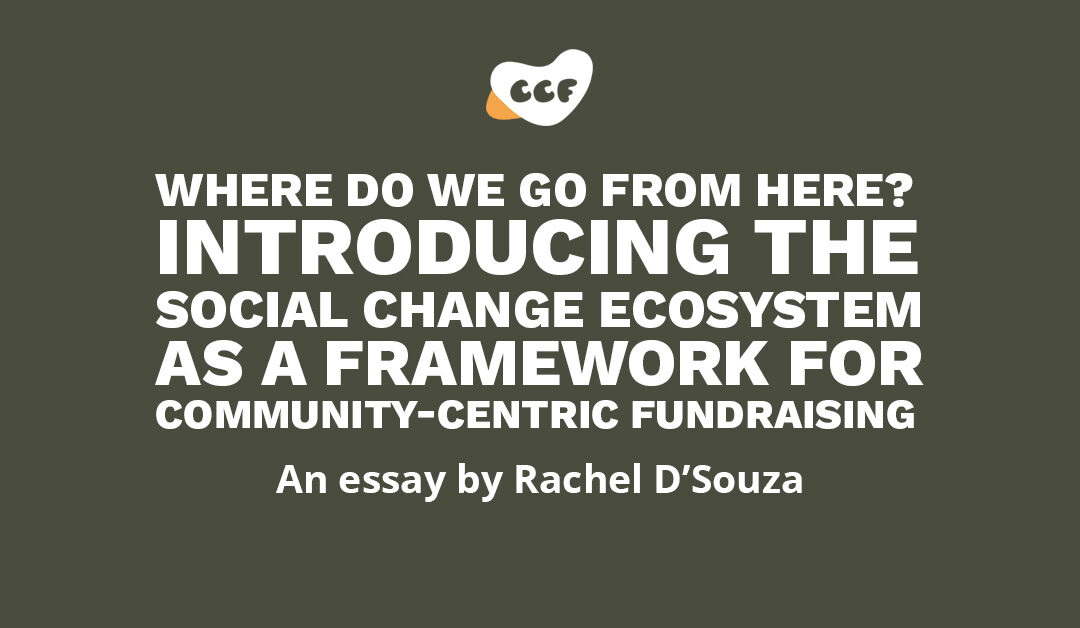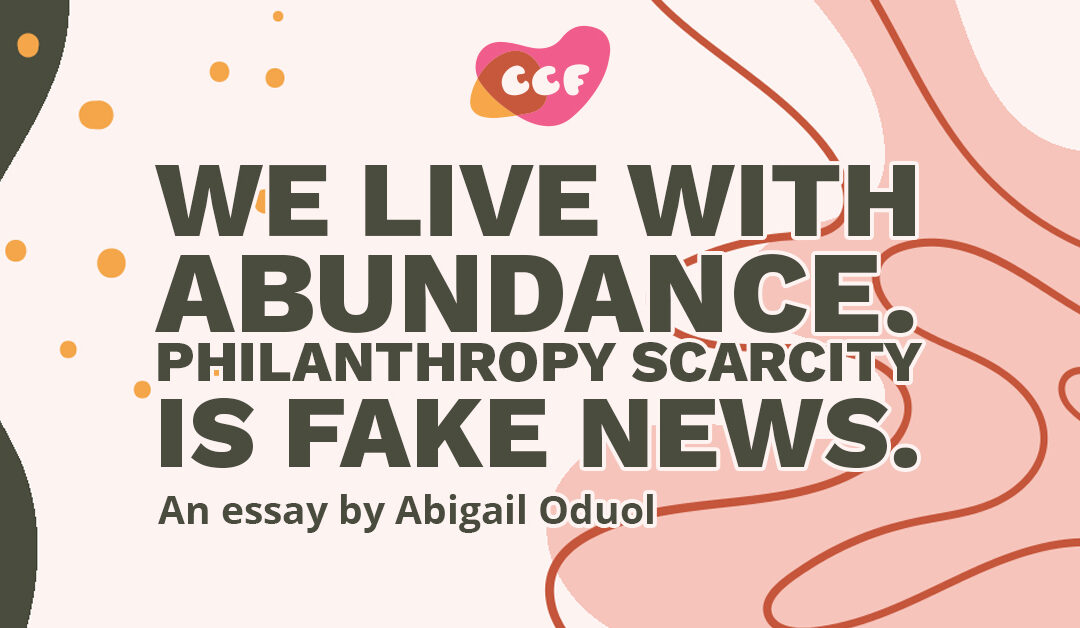
We live with abundance. Philanthropy scarcity is fake news.
By Abigail Oduol, a CCF Global Council Member
The narrative about philanthropy being about charity needs to change. People need to become aware that we are investing in our own futures and in our own collective prosperity.
Someone asked me the other day if working in philanthropy was hard. They said they pitied me because, at the nonprofit she worked at, they were competing with other worthy organizations for grant funds. And only one lucky winner got the grant and others had to look elsewhere.
I paused for a moment. That was both what she experienced and a false narrative because there is no scarcity in philanthropy. Not the way we think there is.
Yes, things are hard right now. Yes, federal money was cut. Yes, programs are being cut. But money is still in circulation. And it is abundant.
A nonprofit at its core is more than a tax designation. It’s more than sacrificing salaries for a cause. It’s an organization that has a vision of a glorious future and specific ideas on how to get there. It’s an organization that reminds us of who we are at our best when we’re not focused on profits.
We’ve imagined a future where children aren’t spending their childhoods in emergency rooms battling asthma attacks. Where all people are housed regardless of what’s in their bank accounts. Where people’s location in a racial, ethnic, religious, or gendered caste system no longer have any correlative relationship with the success of their business, health outcomes, and the length of their lives.
We’ve seen the future and have ideas on how to realize it—not unlike other private industries like tech, but with a different set of values and priorities.
In the past 15 years, tech has done less to create tangible products in favor of creating potential futures and raising money from these visions through venture capital. Many of these visions have failed spectacularly already. And many of these visions don’t truly include people outside of tech, except as funders of said vision.
Remember when we were obsessed with the metaverse and how we were all going to live and work in it? Or how robots were going to replace all of us as workers by the 2010s? Or when celebs were going on shows shilling ape coin and telling us that crypto was going to completely upend the financial system as we know it?
Trillions of dollars. Yes, trillions with a “T” went into the failed metaverse project. And not for lack of trying.
So again, money scarcity isn’t really the issue. Good ideas aren’t the issue either, because lots of bad ideas get funded.
Though these past and current claims are a part of the technology subsector’s hype cycle, they tell a metanarrative (pun intended) of who we are as humans. We crave something bigger. We want something to believe in outside of ourselves, a unifying narrative. We want to be a part of creating the future. And that’s where many of us put our money.
So again, there is money. Lots of it.
The narrative about philanthropy being about charity needs to change. People need to become aware that we are investing in our own futures and in our own collective prosperity. We are investing in the issues the market refuses to acknowledge and the government (for whatever reason) does not comprehensively address. And of course, we are investing in harm reduction in creation of short- and longer-term solutions to issues that the market itself has created in the generation of wealth.
The market world has generated trillions of dollars and has sacrificed human beings, animals, and our planet in order to do it. They owe us more investment than the paltry millions that come our way. We don’t need Band-Aid money. We need major reconstructive surgery money.
So investment in our work—or in anything—is not just about money, or capacity as I was told in high school. Investment is about trust and belief. Investment is about relationships and risk. Even if it doesn’t work out, belief changes the conversation and moves you closer to your goal. Investment is but a belief in someone’s idea of the future that creates shared prosperity. A belief in their story.
The question then becomes, what is the story that we tell about ourselves and our future?
So for those of you in places hostile to CCF rhetoric—or hostile to anything sounding vaguely like systematically marginalized people enjoying abundant lives—consider telling leadership in those places this: You, any supporters, and the entire community are investors in our vision for the future. And succeeding at our missions is going to pay the kind of dividends that ripple through generations. We all benefit from philanthropy, and it’s time we start acting like it.
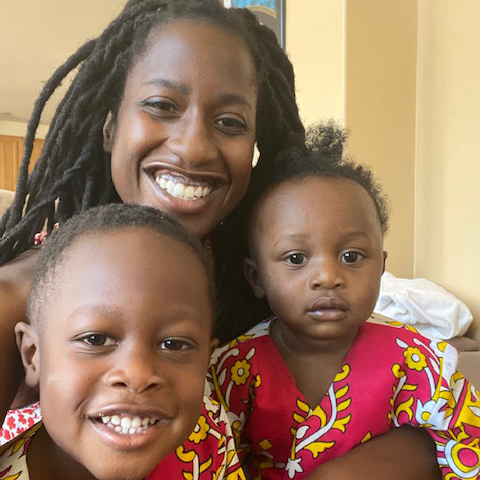
Abigail Oduol
Abigail Oduol’s (she/hers) surname is not Irish or Pennsylvania Dutch. It’s Kenyan. Abigail serves on the CCF Global Council and is a member of too many committees. She invests time thinking about how popular culture informs fundraising and how people connect to each other. Follow Abigail on LinkedIn.

